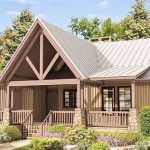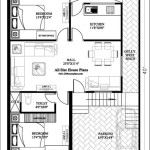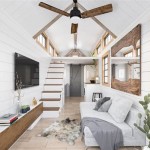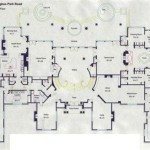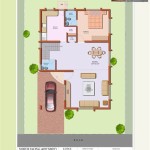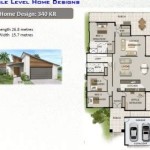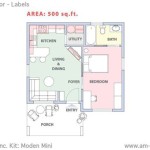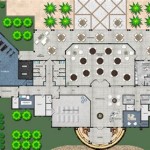Simple Residential House Floor Plans: Essential Aspects to Consider
When designing a residential house, it's crucial to consider the floor plan carefully. A well-thought-out floor plan not only enhances the functionality and comfort of the home but also contributes to its aesthetic appeal. Here are some key aspects to keep in mind when creating simple residential house floor plans:
1. Establish the Main Function and Flow of Spaces
Determine the primary purpose of each room and how the spaces will connect. Consider the natural flow of movement throughout the house, ensuring that there's a logical transition between areas. Common zones like living rooms and kitchens should be easily accessible from entryways, while private spaces like bedrooms and bathrooms should offer privacy.
2. Optimize Space and Minimize Wasted Areas
Maximize available space by minimizing hallways and corridors. Utilize space efficiently by incorporating multi-purpose areas, such as a kitchen island that doubles as a dining table. Consider open floor plans to create a sense of spaciousness and allow for furniture flexibility.
3. Ensure Adequate Natural Lighting
Natural light enhances the quality of living spaces. Position windows strategically to let in ample sunlight. Consider skylights or glass walls to introduce natural light into darker areas. Natural lighting also reduces energy consumption and improves overall well-being.
4. Create Separate Public and Private Zones
Separate the public and private areas of the house to maintain privacy and comfort. Public zones, such as the living room and dining room, can be located near the entrance, while private zones, including bedrooms and bathrooms, should be tucked away for seclusion.
5. Design for Accessibility and Safety
Ensure the floor plan is accessible and safe for all occupants. Consider wide hallways and doorways to accommodate wheelchairs or mobility aids. Include grab bars in bathrooms and non-slip surfaces in wet areas. Proper lighting and smoke detectors enhance safety throughout the house.
6. Maximize Outdoor Space
Integrate outdoor spaces into the floor plan. Create a patio, deck, or balcony to extend living areas outside. Large windows and glass doors provide easy access to the outdoors while bringing natural light into the house.
7. Consider Future Needs and Flexibility
Design the floor plan with future needs in mind. Allow for flexibility to adapt to changing family dynamics or lifestyle preferences. Consider multi-purpose rooms that can be used for different purposes over time. Leave space for potential expansions or modifications.
8. Seek Professional Advice
If you're not familiar with floor plan design, it's advisable to consult with an architect or interior designer. Professionals can help optimize the layout, ensure structural integrity, and provide valuable insights on space planning and functionality.
By considering these essential aspects, you can create simple residential house floor plans that meet your needs, enhance comfort, and create beautiful and functional living spaces.

Small House Designs Shd 2024003 Pinoy Eplans Blueprints Layout Plans Design

Est House Plans To Build Simple With Style Blog Eplans Com

Small House Plan Ideas For Diffe Area To See More Read It Floor Plans

Simple House Plans Blog Homeplans Com

Simple House Plans Blog Homeplans Com

Stylish And Simple Inexpensive House Plans To Build Houseplans Blog Com

Single Story Small House Plan Floor Area 90 Square Meters Below Plans Design

Small House Plans Beautiful Houses Pictures Floor One Story New

Affordable House Plans Our Est To Build Blog Homeplans Com

12 Simple 2 Bedroom House Plans With Garages Houseplans Blog Com

